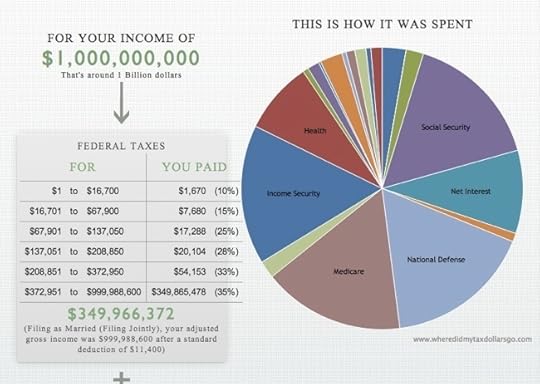What do you think?
Rate this book


321 pages, Kindle Edition
First published September 30, 2008
After Ben Affleck introduced Hillary Rodham Clinton, she heaped praise on his work as a humanitarian as well as a movie director. Clinton said she enjoyed working with Affleck at the State Department as he was researching “Argo,” which won the Academy Award for best picture in 2012.“I’m hoping that he films Argo 2,” Clinton joked. “I’m now available.”
When Hunter received his check for £252m, his most pressing concern was a looming visit from the tax man. Hunter's tax advisors suggested that he relocate to Monaco, but Marion [his wife] wasn't keen. And, so, the accountants suggested the next best thing - to set up a philanthropic venture. Hunter and his family stayed in Scotland, and the Hunter Foundation, initially worth £10m, was born. As was, indirectly, Tom Hunter the philanthropist.
